Never Look Away
by Jennifer Bryce
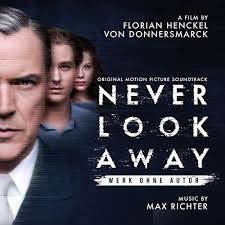
I recommend this movie — it is well worth the 3 + hours of viewing. On one level, it follows the life of an artist, Kurt – modeled on the German artist Gerhard Richter. But it is much more than a biography of someone who grew up in the terrifying circumstances of Germany during World War II, who was forced to study Social Realism in painting in East Germany, then escaped with his young wife to the freedom of West Germany in the early 1960s.
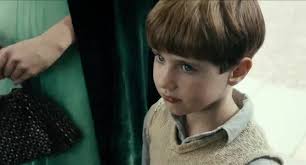
As I viewed the film, at times I thought of Antonioni’s Blow Up – the kernel of the story is about intense observation. The film opens with 6 year-old Kurt attending an art exhibition with his young aunt, Elisabeth, whom he adores. She dares to divulge to him that she actually likes the Kandinsky that the gallery guard has been denigrating. The intent way that young Kurt observes the world has been described as ‘like a camera with the shutter left open’.
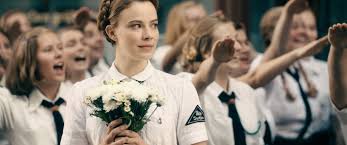
On the surface Elisabeth is a fine example of what the Nazi party wants in youth – fair and good looking. But she is diagnosed, by party doctors, as insane. Kurt observes her being forced into a vehicle and whisked off to an asylum. Sterilization follows (so that no more people like that will be born) and then, with other ‘insane’ women, she is euthanased. The SS doctor who authorises this is Professor Carl Seeband (he insists on being addressed as ‘professor’).
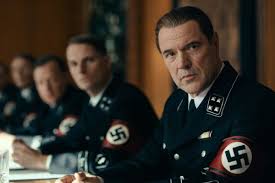
Kurt has always wanted to be an artist. After the war, he is painting road signs in East Germany, then he gets into an art school where everyone must paint according to socialist realism.

We, the audience, ultimately come to realise that the girl Kurt falls in love with is the daughter of Professor Seeband, whose grossly inhuman attitude is underlined when he performs an abortion on his daughter – supposedly because she has become pregnant before marriage; Seeband doesn’t approve of the young man, he believes that if the couple are confronted with the distress of losing their child, the relationship will break up. The couple doesn’t break up. But much later (after they’ve married and escaped to Western Germany) the daughter is told that because of the way that abortion was performed she won’t be able to have children. Devastating for the couple. However, some time later, they do successfully have a child. Seeband and his wife have been advised to flee to the West. Money is no problem and we see slides of the luxurious holiday they have.
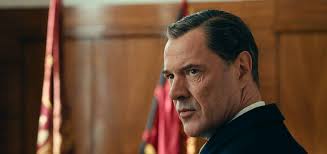
Kurt seems to be gradually piecing together the truth that Seeband worked for the SS – particularly when there is news that Seeband’s previous leader has been arrested (this is announced by a newsboy and Seeband leaves a restaurant hurriedly, where he was lunching with his son-in-law, Kurt). Kurt takes up a style of painting (that was actually practised by Richter) based on photographs (particularly of Seeband and the SS). Kurt seems to confirm his significant discovery when he juxtaposes a photograph of Seeband with one of himself and his beloved young aunt. Seeband sees the painting, obviously recognises young Elisabeth, and leaves in a state of agitation.
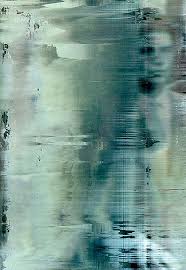
a painting by Gerhard Richter
Apparently artist Gerhard Richter doesn’t recognise the film (or the book on which it is based) as an accurate depiction of his life.
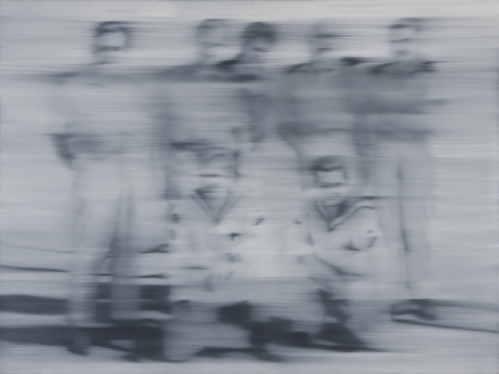
a painting by Gerhard Richter
Very sad, Jennifer. But great review.
LikeLike
According to the movie (not necessarily the artist, Richter) Kurt, his wife and son may have had a good life — although I’m sure they would always be haunted by the incredible trauma of living under the Third Reich and in East Germany after the war. Apparently the artist, Richter, on whose life the film was based, is still alive — but as I said in the review, he doesn’t recognise the film or book as accurate representations of his life.
LikeLike